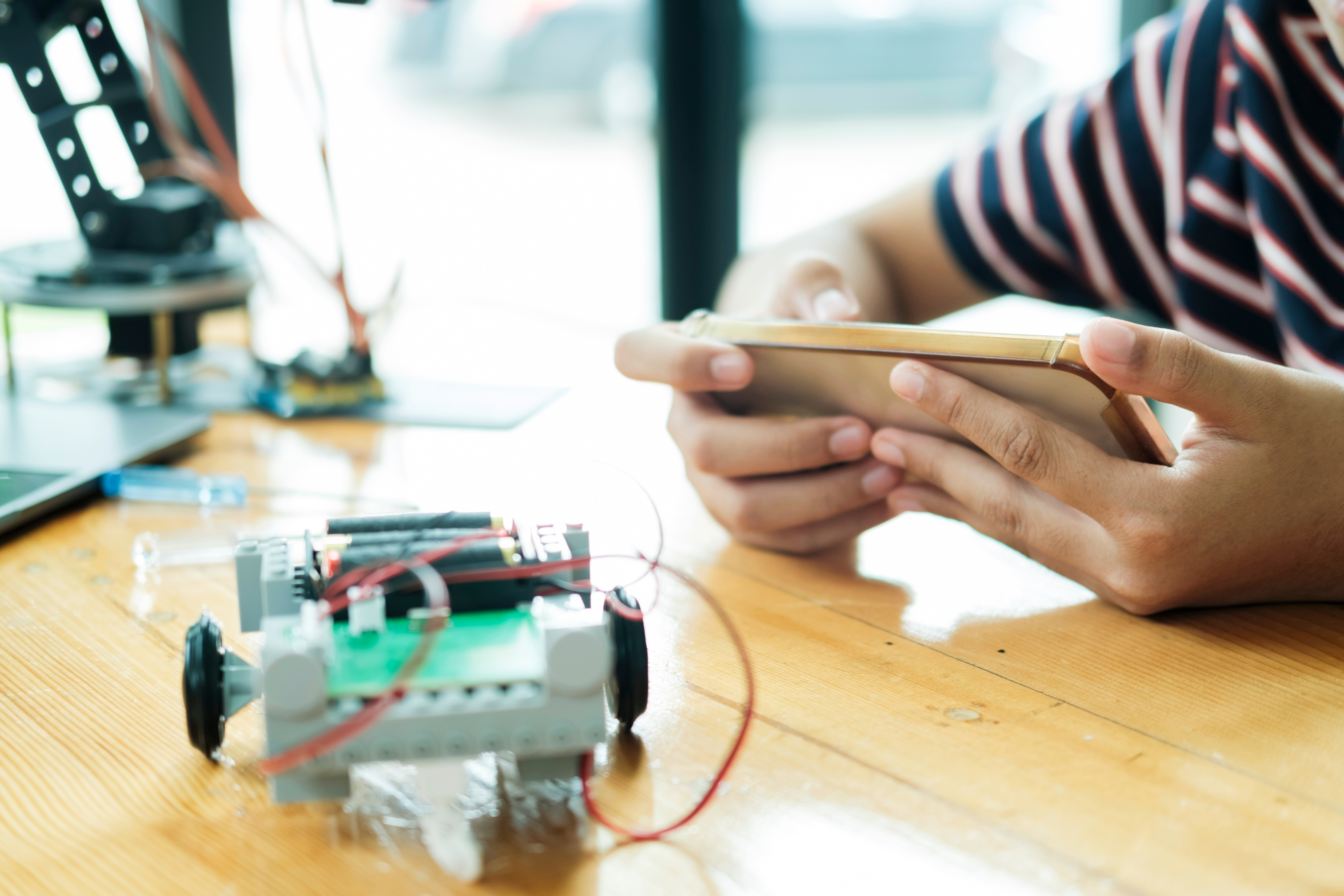
In modern education, technology is more than a collection of tools. It has become a catalyst for connection, empathy, and collaboration. When students explore technology through the lens of accessibility, innovation becomes more than technical skill. It becomes a way of creating solutions that meet diverse needs and address real challenges.
A middle school design and technology program illustrates how accessibility projects can strengthen empathy while reinforcing the connections between Science, Technology, Engineering, Arts, and Mathematics. Students participate in a three-project unit that builds technical competence while encouraging critical thinking about inclusivity and user experience. Over time, they learn that the most effective designs are created with the needs of others in mind.
Project 1: Redesigning Everyday Objects for Inclusivity
The first project invites students to select an everyday object and redesign it for users with physical, sensory, or cognitive differences. Items such as pens, mugs, backpacks, and light switches are examined closely to reveal design flaws that may not be immediately obvious.
Students follow the design thinking framework, which involves empathizing, defining, ideating, prototyping, and testing. They identify possible challenges for users, sketch new concepts, and build simple prototypes from materials such as clay, cardboard, and foam. These materials allow for rapid adjustments and refinements during the development process.
Collaboration naturally emerges as students exchange ideas, offer constructive feedback, and combine their concepts to improve outcomes. The project shifts their perspective from asking how to make something functional to considering how to make it functional for someone with different needs. This change in thinking sets the tone for the rest of the unit.
Project 2: Creating Interactive STEAM-Based Accessibility Tools
The second project introduces electronics and coding. Students are asked to design an interactive accessibility tool that addresses a specific problem. This stage combines scientific principles, engineering skills, mathematical accuracy, and creative thinking.
Examples of student work include sound-activated lights for individuals with limited mobility, visual countdown timers for people with sensory sensitivities, and simple communication devices with LEDs and buttons for non-verbal communication.
To bring these ideas to life, students work with microcontrollers such as Arduino or Micro:bit. They learn how to connect sensors, wire circuits, and write code. The technical challenges require teamwork, with some students taking the lead in coding, others focusing on wiring, and others refining the physical design. Each group benefits from shared expertise, resulting in more functional and reliable projects.
This project reinforces the principle that accessibility is not an optional feature. It is central to usability. Students begin evaluating their designs based on how easy and effective they are for the intended user rather than how they look.
Project 3: Collaborative Community Design Challenge
The final project places accessibility design within a community context. Students are tasked with identifying a specific accessibility gap in a public space such as a school library, senior activity center, or shared workspace. The goal is to design a prototype that addresses this gap effectively.
Student solutions from this stage have included adjustable-height reading stands for libraries, large-print signage for easier navigation in shared spaces, and lightweight trays that attach to mobility aids. Each project goes through multiple stages of testing and refinement to ensure practicality.
The classroom atmosphere during this stage is highly engaged. Students see a clear purpose behind their work, which motivates them to stay focused and committed to improving their designs.
Why Accessibility Projects Thrive in STEAM Education
Accessibility-focused projects require students to consider the user experience from the start. This approach fosters empathy because it requires an understanding of challenges faced by others. Technology in this context becomes more than a product. It becomes a bridge that connects people and addresses real needs.
Collaboration also becomes more meaningful. Accessibility challenges are often complex and cannot be solved by a single person. Students must combine different skills and perspectives to produce effective results. In doing so, they learn that working together is not just faster but also leads to stronger, more thoughtful solutions.
The role of STEAM is evident throughout. Engineering principles provide structural stability. Science explains the functioning of materials and sensors. Mathematics ensures measurement accuracy and coding logic. The arts enhance the aesthetic appeal and user friendliness of the design. When combined, these disciplines create solutions that are functional, creative, and impactful.
Practical Tips for Educators
Teachers who wish to integrate accessibility into technology projects can start small. Redesigning a single object is an effective entry point. It allows students to practice observation, analysis, and creative problem-solving without requiring advanced equipment.
Low-cost materials such as cardboard, clay, and foam are ideal for initial prototypes. These materials make it easy for students to test ideas and make changes quickly. Reflection questions can be built into the process. Asking who benefits from the design or what makes it easier to use keeps the focus on the user.
It is important to position accessibility as a core design principle. When students see inclusivity as an essential part of the creative process, they develop habits that will serve them in any future project or career.
The Broader Impact
By the end of the unit, students acquire more than technical skills in coding, wiring, and prototyping. They also develop the ability to think critically about inclusivity, adapt designs based on feedback, and work effectively in teams.
In a world where technology changes rapidly, these skills are essential. Accessibility projects remind students that the most valuable innovations are not those that are simply impressive or advanced. They are the ones that make life easier, fairer, and more enjoyable for all users.
Incorporating accessibility into STEAM education creates a balance between technical skill and human connection. It teaches students that innovation is at its most powerful when it is both functional and inclusive.
